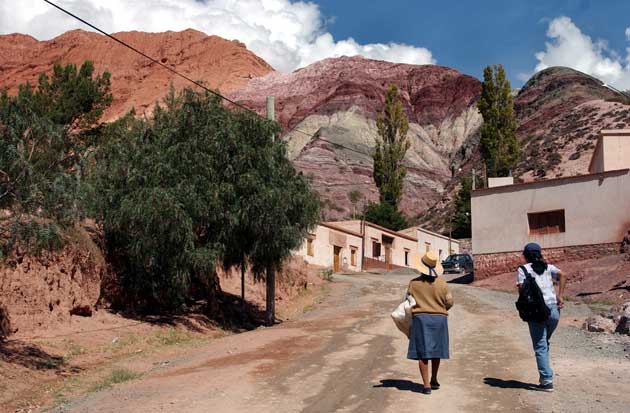On The Road: A forgotten corner of Argentina

Your support helps us to tell the story
From reproductive rights to climate change to Big Tech, The Independent is on the ground when the story is developing. Whether it's investigating the financials of Elon Musk's pro-Trump PAC or producing our latest documentary, 'The A Word', which shines a light on the American women fighting for reproductive rights, we know how important it is to parse out the facts from the messaging.
At such a critical moment in US history, we need reporters on the ground. Your donation allows us to keep sending journalists to speak to both sides of the story.
The Independent is trusted by Americans across the entire political spectrum. And unlike many other quality news outlets, we choose not to lock Americans out of our reporting and analysis with paywalls. We believe quality journalism should be available to everyone, paid for by those who can afford it.
Your support makes all the difference.As the dust whips up around the station, a bus from the 1950s pulls in and slams open its doors. I squeeze in next to a rather large and not very accommodating woman; the door of the bus closes with a sound similar to a dying bird. I immediately smell chickens, dust, and ham sandwiches.
I am in Humahuaca, northern Argentina, on my way to a dusty little town called Tilcara. There is a direct bus, which carries most travellers along a nicely paved road. However, I find myself on what could be called a "milk run", which weaves in and out of villages that don't even appear on my map, along barely visible roads. The bus fills with children on their way home from school, mothers laden with food and immensely old people with noble Andean faces.
Up here, the cacti grow higher than a basketball player; the sunsets burn red over orange hills and the houses are made out of mud. Northern Argentina is completely different to the European-style Argentine capital Buenos Aires, with its upmarket bars, restaurants and boutique hotels. Here the pace of life is slower, more contemplative and less complicated. Even the biggest conurbation in the area, Salta, has the feel of a large country town. Its colonial buildings – well-preserved and steeped in history – tower above modern creations. The food is full of spices, including freshly dried chillies from the foot of the Andes. The wine is made at altitude.
If you stick to preconceived ideas of how things should work, then travelling around this area can be frustrating. You need to go with the flow. Buses run late and dirt roads mean that travel times stretch out to the horizon. However, the scenery is beautiful, the food colourful and saturated with flavour, and the people supremely warm. It's a forgotten corner of the country, far from the tango and shopping opportunities of Buenos Aires.
Footprint's Argentina Handbook (£15.99) is out now.
Join our commenting forum
Join thought-provoking conversations, follow other Independent readers and see their replies
Comments